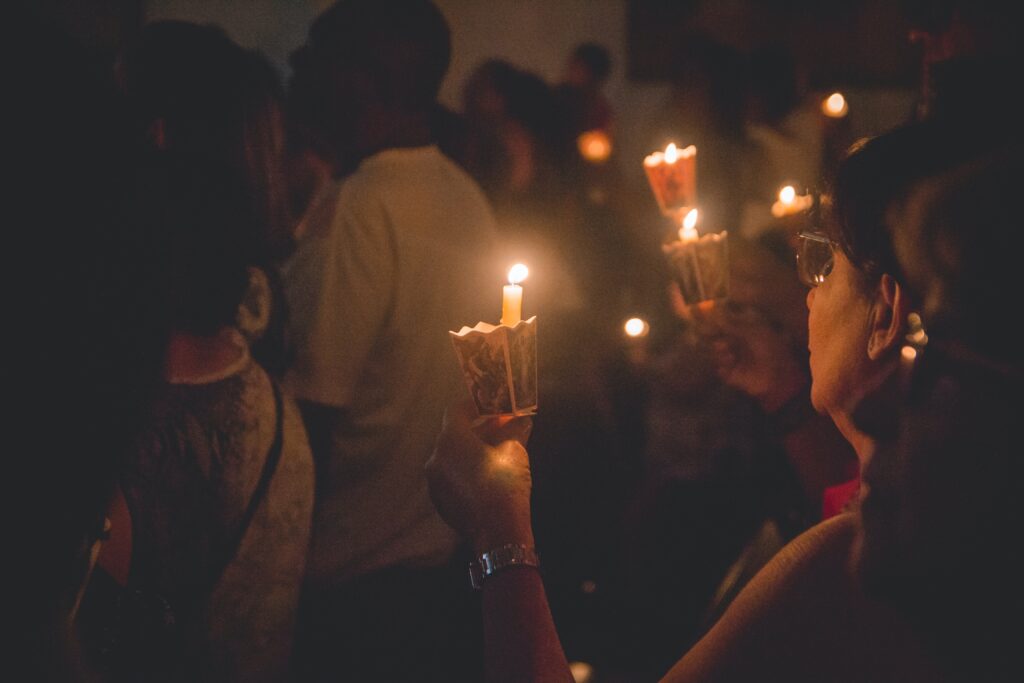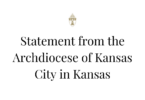
by Joe Bollig
joe.bollig@theleaven.org
KANSAS CITY, Kan. — Answer this one quickly: Who is in charge of school safety?
Possible answers include the staff, teachers, principal, school board or the superintendent. They’re all good answers, and they’re all right — but they’re also all wrong.
No “one” is in charge of school safety. Rather, everyone is.
“It starts with a commitment on everyone’s part, every school employee and I would venture to say every student as well,” said Dan Carney, director of safety and security for Blue Valley Schools in Johnson County.
How can students help? They are often the first to notice if a classmate is struggling. If they know they can go to a trusted teacher or administrator with their observations, that might help plenty.
“You need everyone involved,” said Carney. “Everybody should be an undercover security guard for school. If you hire someone in uniform, that’s fine, but everybody should play that role who works in the school and attends the school. And they should be committed to the safety of that school.”
This is only one of the insights Carney shared during his 90-minute presentation, “Stopping School Violence in its Tracks,” during the annual archdiocesan principals’ kickoff event on Aug. 2 at Holy Trinity Parish in Lenexa.
Some 50 Catholic school principals, presidents, administrators, archdiocesan school office personnel and members of the Catholic Education Foundation attended.
Carney described his presentation as “a comprehensive approach to preventing school violence as well as responding and recovering from acts of school violence.”
Carney has spent 37 years as a commissioned law enforcement officer with the Overland Park Police Department, director of safety and security for Blue Valley Schools and as chief of police for the Blue Valley Campus Police Department.
School safety is on everyone’s minds since the recent mass shooting on May 24 at Robb Elementary School in Uvalde, Texas.
“We [had the presentation] because a number of principals reached out and wanted to touch base on the safety procedures,” said Vince Cascone, superintendent of archdiocesan schools. “With the events at Uvalde, Texas, happening recently, it’s an important thing for us to regularly update our safety procedures and make sure we’re discussing and reviewing them.”
Cascone says archdiocesan schools are safe but the school office continues to update procedures and works with Catholic Mutual Group insurance company to ensure that each school takes safety measures. Currently, his office is revising school safety plans.
Although threats to school safety come in different forms — such as fires, storms and disasters both natural and man-made — Carney’s presentation focused on the threat of an “active shooter,” someone who brings a gun to a school to wound and kill.
There are many layers of school security, said Carney. It starts with the infrastructure and includes such things as lockable doors and windows, the layout of the school, fencing, cameras, card access and alarms. It can include a school resource officer, policies, procedures and drills.
But the most important layer or ingredient of school safety is building relationships of trust with students.
“The vast majority of school shootings are perpetrated by students who are already in the building or have just been recently suspended or expelled from the school,” said Carney.
“The FBI at one time said it was 95 percent . . . especially at the high school and middle school level. The perpetrators of school shootings are most often students. . . . So if you put all your money and effort into just securing the building you may not be getting to the heart of the problem.”
Adults who have trusted relationships with students will know what’s baseline normal in the school population and what isn’t. Students may notice something “off” with a fellow student or see a possible threat or problem on social media, and they’ll confide to a trusted adult.
“If you build these relationships with kids they’ll tell you,” said Carney. “The relationships we build are key to preventing school violence.”
School safety is a high priority at Christ the King School in Kansas City, Kansas, said principal Cathy Fithian. They do intruder drills three times a year, as required by the state, and have remodeled an entryway for greater security. The archdiocesan school office provides a general set of procedures that archdiocesan schools adapt to their particular situations.
“[In] having drills and preparing faculty and students for this kind of situation, there is a fine balance between having them be prepared and knowing what to do, but not having them live in fear,” said Fithian. “Our kids are stressed and anxious enough. They don’t have to worry about something that may never happen. . . . [This presentation] alleviated a little bit of my anxiety, but I’m always wary about who is on our property.”
Andy Tylicki, president of St. James Academy in Lenexa, said his school continues to build its culture of safety as it also builds on its mission of passing on the Catholic faith to their students.
Additionally, the school has a new, secure entry point. It does active shooter training on an annual basis and has a close relationship with the Lenexa police and fire departments.
“We work really hard on building relationships through our community system,” said Tylicki. “We believe that’s an area that allows students to have trusted adults that they can go to if they have concerns about anything in the building. We continue to build trust between the faculty and the students — it’s something we’re always working on.”






